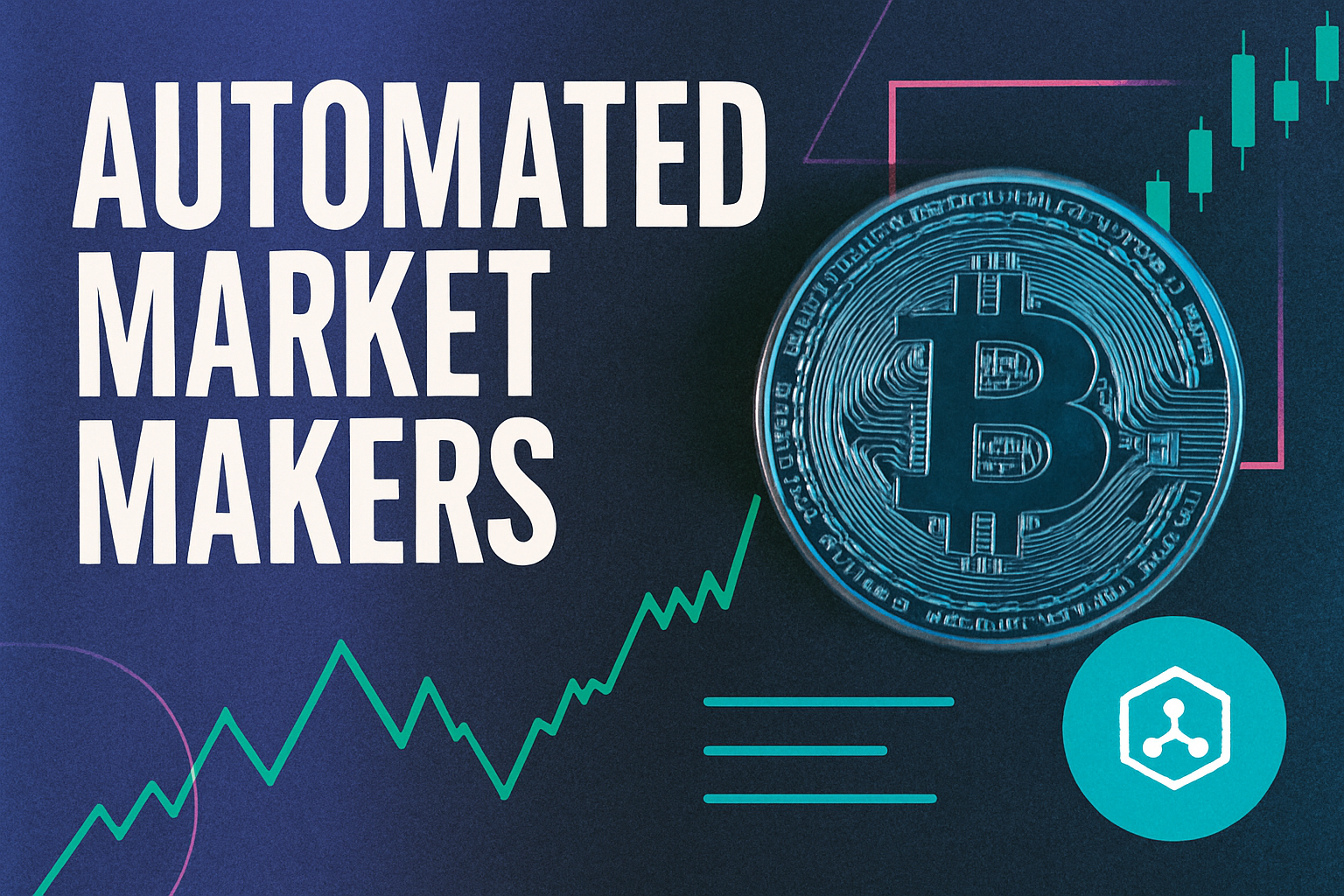
In 2025, the decentralized finance (DeFi) sector is experiencing a pivotal shift as adaptive MEV filters redefine what transaction fairness means for both protocols and users. The days when Maximal Extractable Value (MEV) was a niche concern are long gone. Today, MEV sits at the heart of DeFi’s most pressing debates, shaping everything from protocol design to user trust. As the sophistication of MEV strategies has grown, so too have the solutions aimed at neutralizing their most harmful effects.
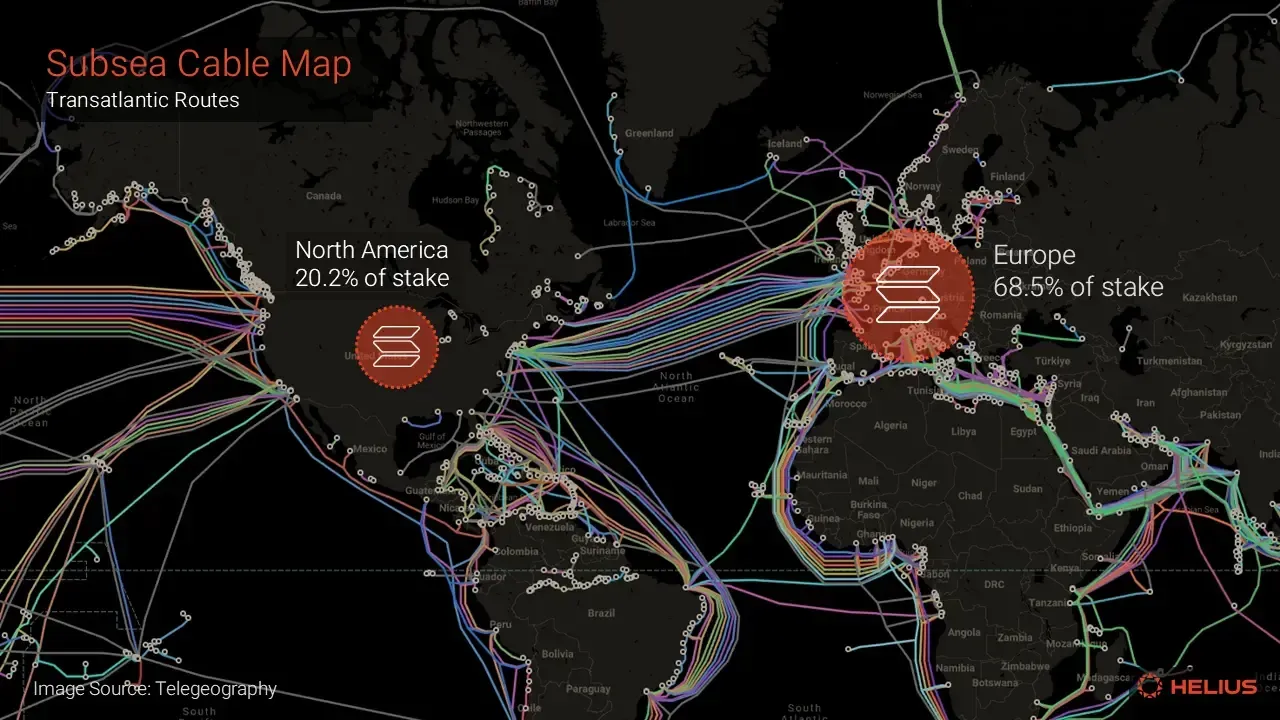
Why MEV Became DeFi’s Fairness Battleground
At its core, MEV refers to any value that can be captured by manipulating transaction ordering within a block, often through tactics like front-running or sandwich attacks. This exploitation arises from DeFi’s radical transparency: with mempools publicly displaying pending transactions, sophisticated actors can anticipate and profit from others’ trades. While this transparency was once celebrated as a virtue of open finance, it has proven to be a double-edged sword. Regular users are frequently left footing the bill through higher slippage and unpredictable execution prices.
The industry’s response in 2025 has been nothing short of transformative. Adaptive MEV filters, dynamic mechanisms that continually adjust transaction inclusion and ordering rules, have emerged as the new standard for safeguarding user interests without sacrificing efficiency or composability.
How Adaptive MEV Filters Work: Mechanisms and Innovations
The latest generation of adaptive MEV filters leverages several key strategies to curb predatory behavior and foster equitable outcomes:
- Sealed-Bid Auctions: By concealing bid data until auctions close, sealed-bid systems make it impossible for would-be attackers to reactively front-run or sandwich user transactions. This approach is already live in leading modular rollups and L1s, creating a more level playing field for all participants.
- MEV Rebates: Protocols like MorphLayer and Wallchain have pioneered models where captured MEV is redistributed back to users rather than being siphoned off by validators or searchers alone. This not only compensates affected users but also aligns incentives across stakeholders, making extraction less zero-sum and more community-driven.
- Intent-Based Trading: Platforms such as ParaSwap now allow users to specify their trading intentions directly. By abstracting away raw transaction data from public mempools, these protocols reduce exploitable information leakage, a major vector for traditional MEV attacks.
- Encrypted Execution Environments: The rise of privacy-focused blockchains like FAIR L1 marks another leap forward. Here, transactions are encrypted at the consensus layer until finalization, closing the window of opportunity for would-be extractors.
Together, these innovations form an adaptive defense that evolves alongside attacker strategies, a necessity in an ecosystem where static rules quickly become obsolete.
The Real-World Impact: Trust, Efficiency, and Market Behavior
The benefits of adaptive MEV filters extend far beyond technical elegance. For end-users, they mean tangible improvements in execution quality and cost predictability. Sealed-bid auctions have demonstrably reduced average slippage on major DEXs; meanwhile, rebate systems are putting real value back into traders’ wallets rather than letting it leak out through exploitative practices.
This new equilibrium is also reshaping market behavior at scale. With fairer transaction ordering comes more accurate price discovery, critical for both retail traders seeking transparency and institutions demanding integrity before deploying capital at scale. As regulatory scrutiny intensifies globally, these advances help cement DeFi’s legitimacy by proactively addressing concerns about market manipulation and user protection.
If you’re interested in how these mechanisms fit into broader efforts around redistribution and protocol design, explore our detailed analysis here: How MEV Redistribution Protocols Improve Fairness in DeFi Trading.
Yet, the transformation is not merely technical. The cultural shift around MEV in 2025 is palpable. Protocol teams are now expected to justify their transaction ordering logic and demonstrate how adaptive filters are embedded into execution clients. Open-source MEV transparency tools have become table stakes, empowering users and developers alike to audit, benchmark, and iterate on anti-frontrunning solutions in real time.
For traders, the days of unpredictable outcomes caused by sandwich attack bots are fading. Instead, adaptive systems provide clear expectations around execution price and slippage, restoring confidence for both retail participants and institutions exploring DeFi yields that continue to outpace traditional finance. As referenced in recent market data, USDC holders on DeFi platforms saw 4.25% APY in September 2025, a stark contrast to legacy banking rates. However, this value proposition hinges on credible fairness guarantees, a gap that adaptive MEV filters are finally bridging.
Top DeFi Protocols Using Adaptive MEV Filters in 2025
-
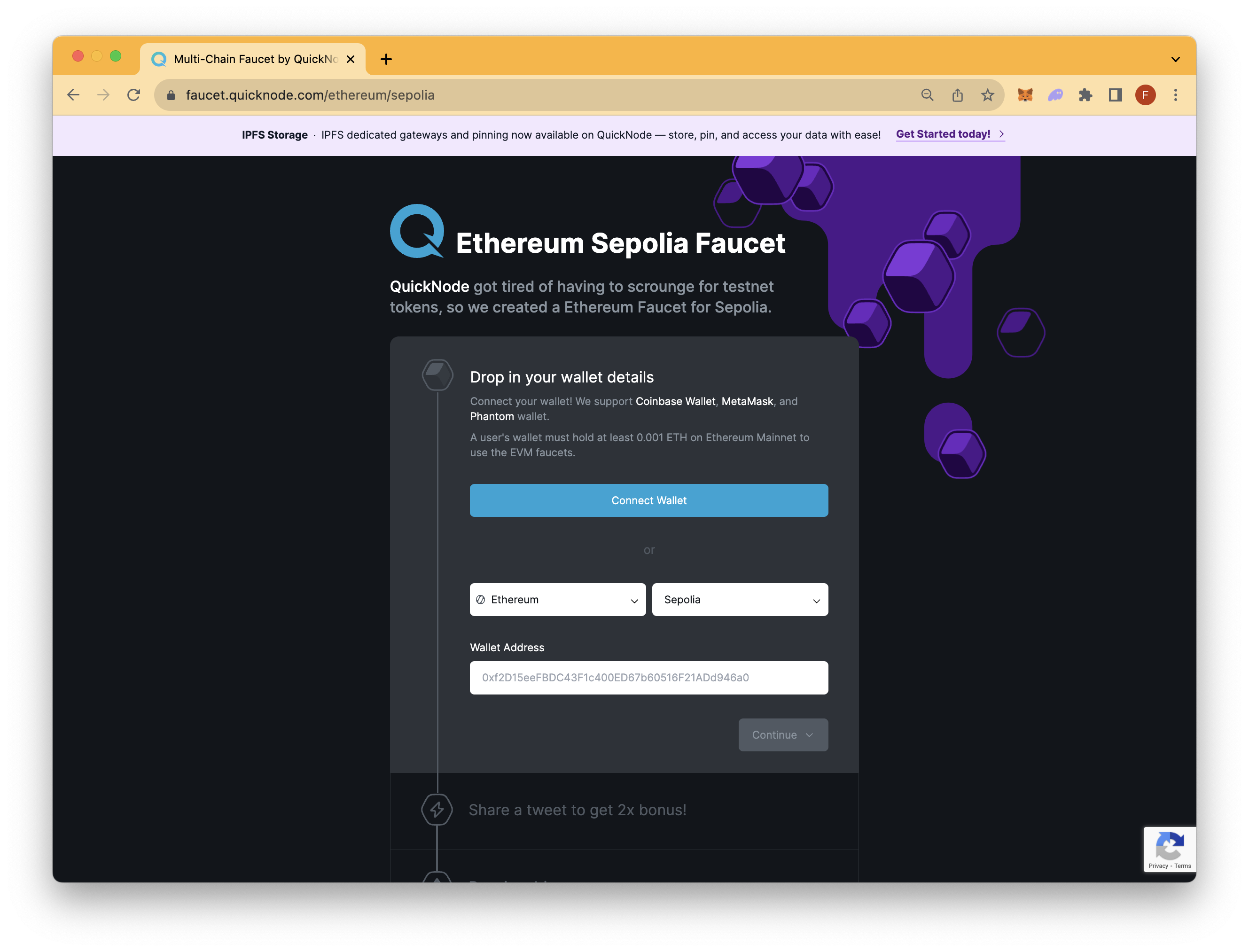
Modular MEV: Sealed-Bid MEV Auctions — Modular MEV has pioneered sealed-bid MEV auctions, concealing bids until the auction concludes to prevent front-running and sandwich attacks. This adaptive filter creates a more equitable environment for all DeFi users.
-

MorphLayer: MEV Rebates for Users — MorphLayer redistributes a portion of captured MEV back to users, aligning validator and user incentives. This approach increases user trust and directly addresses fairness concerns in DeFi.
-

Wallchain: Community-Driven MEV Sharing — Wallchain integrates adaptive MEV filters and rebate mechanisms, ensuring that users receive a share of MEV profits and reducing the impact of predatory transaction ordering.
-
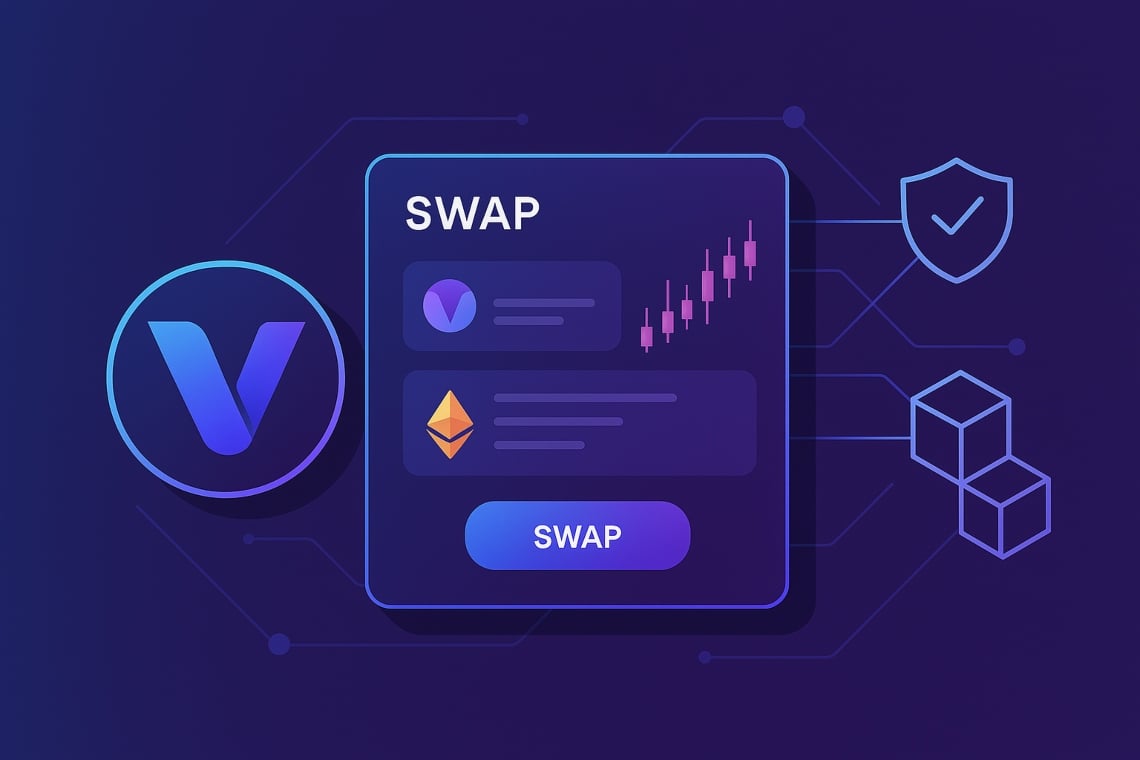
ParaSwap: Intent-Based Trading Protocol — ParaSwap’s intent-based trading model allows users to define their transaction goals, minimizing exposure to the mempool and significantly lowering the risk of MEV attacks.
-
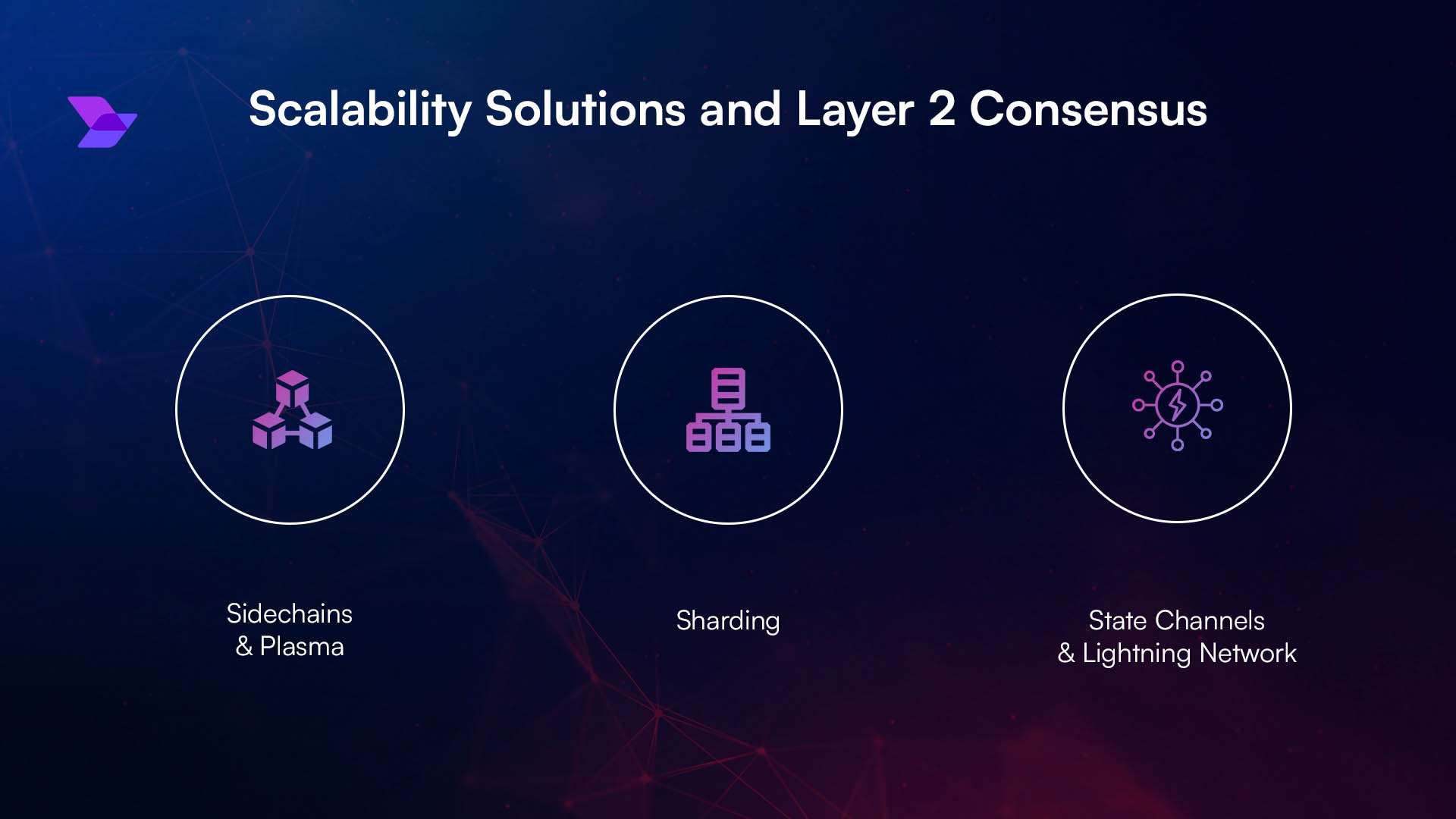
FAIR: Encrypted Execution at Consensus Layer — The FAIR protocol employs encrypted execution environments, keeping transaction details confidential until block finalization and effectively eliminating MEV exploitation during transaction processing.
Challenges Ahead: Adaptive Filters Are Not a Panacea
Despite these advances, the journey toward fully fair DeFi markets is ongoing. Attackers continue to probe for edge cases, whether through collusion among validators or exploiting new forms of information leakage not yet covered by current filter algorithms. Furthermore, the interplay between privacy (via encrypted execution) and composability remains an active research frontier; too much opacity risks undermining the very interoperability that makes DeFi compelling.
The regulatory landscape also looms large. As capital flows into decentralized markets accelerate, policymakers are scrutinizing transaction ordering practices more closely than ever before. Protocols must balance innovation with compliance, ensuring their adaptive MEV strategies align with emerging standards for transparency and user protection.
Looking Forward: Building Sustainable MEV Markets
The next phase will likely see increased collaboration between protocol designers, researchers, and regulators to establish best practices for sustainable MEV redistribution. Expect further integration of real-time analytics, enabling communities to monitor extraction risks and filter performance dynamically, and expansion of rebate models that reward honest participation at every layer of the stack.
For those designing new protocols or seeking to enhance existing ones, practical guides abound for integrating adaptive filtering mechanisms without sacrificing efficiency or composability. Deep dives into developer-focused MEV fairness strategies or explorations of rebate-driven redistribution models can help teams avoid common pitfalls while maximizing user trust.
The future of DeFi will be defined by how well it can balance transparency with protection, leveraging adaptive MEV filters not just as technical safeguards but as cornerstones of a fairer financial system built on open blockchains.




